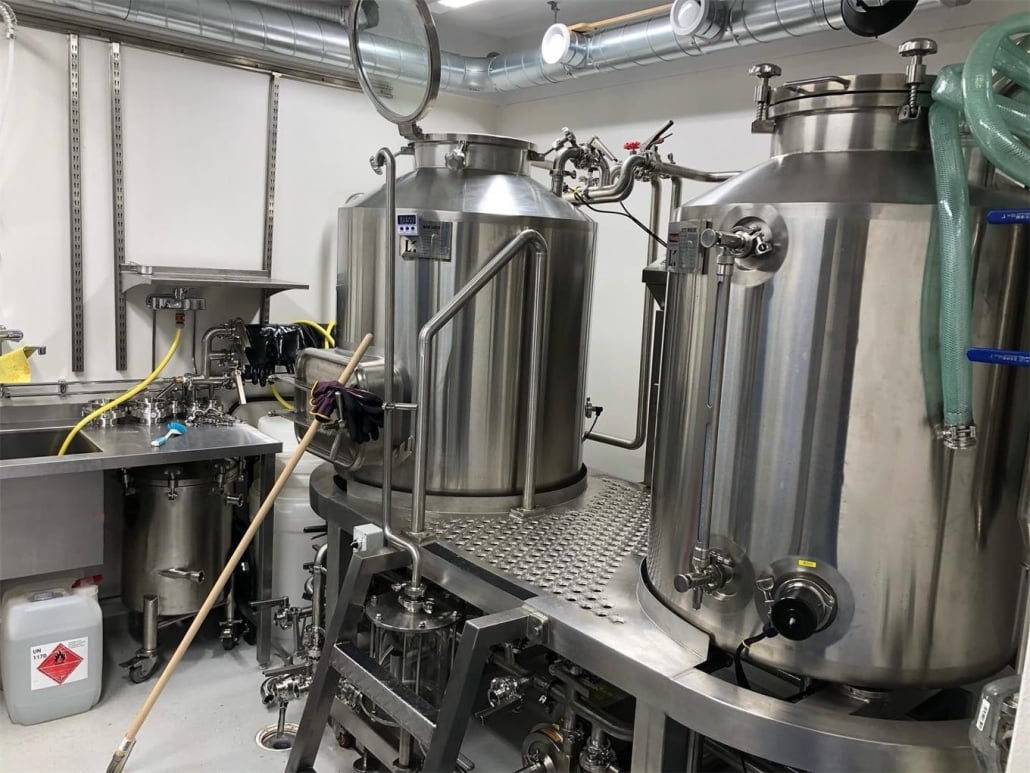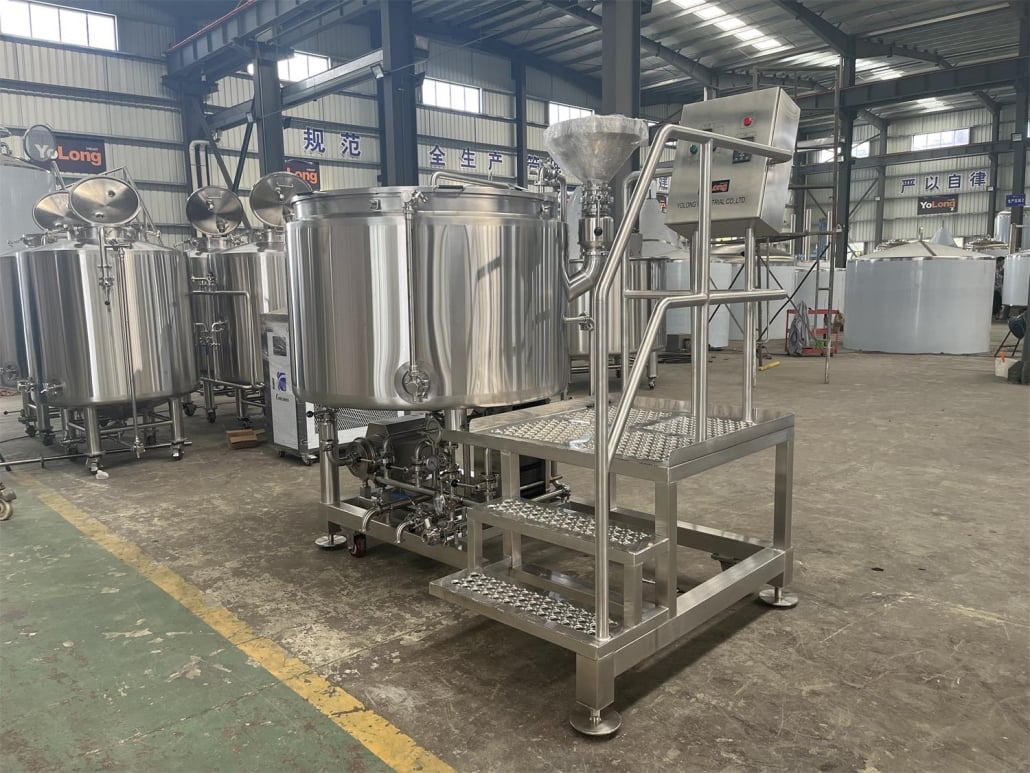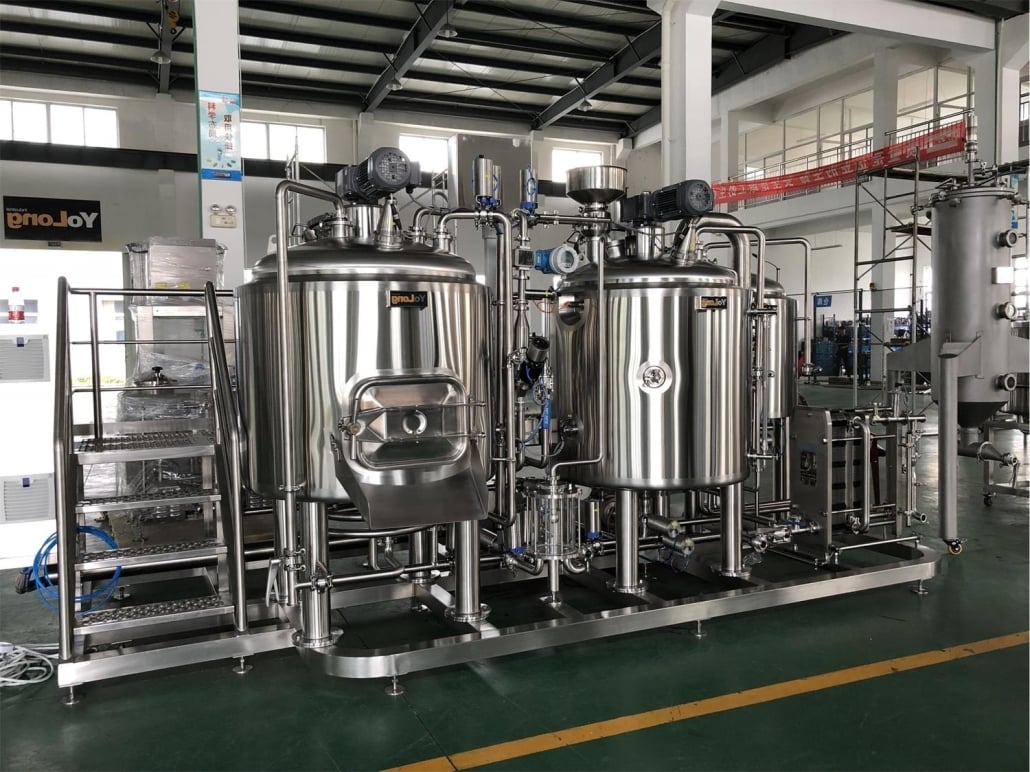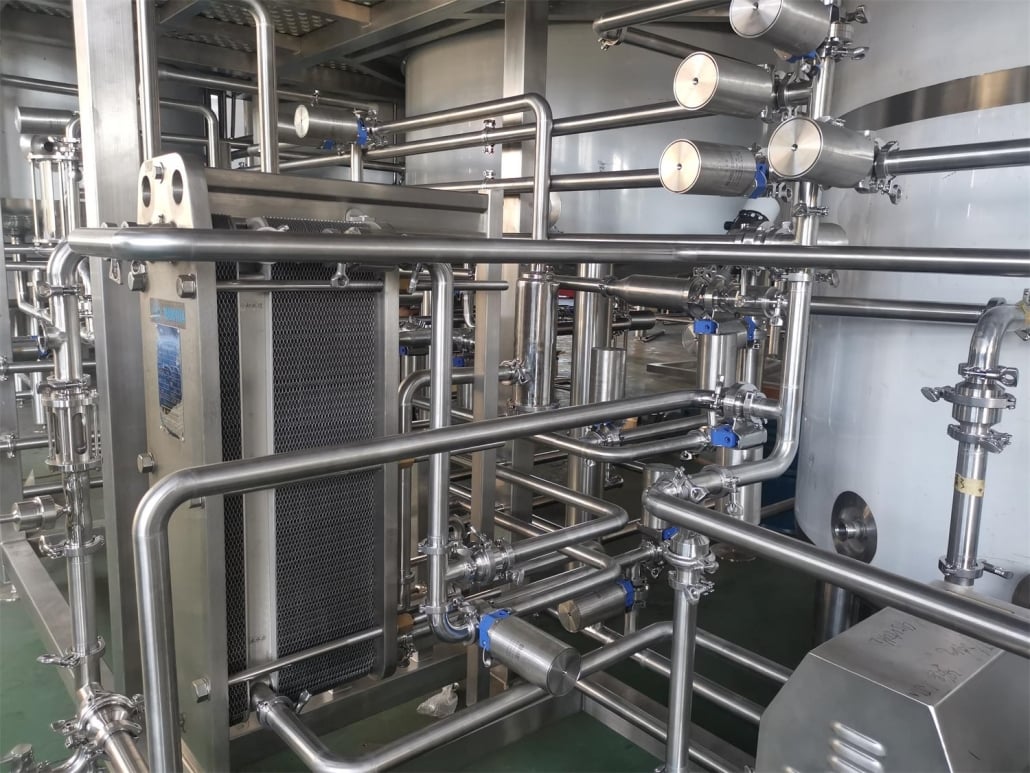How to Build a Brewery from Scratch
What Preparations Are Needed to Start a Brewery
Before you even touch a hop, you need to prep. Like, seriously prepare. You wouldn’t cook a five-star meal without knowing your ingredients and tools, right? Same thing here. Brewing requires more than just a love for beer—you need a solid foundation in business, brewing science, and local law.
Start with your business plan. This is your playbook. Include your mission, vision, goals, brand positioning, and an honest SWOT analysis. Don’t skip market strategy and competitor analysis—they’ll help you carve your niche. Next, dig deep into your legal obligations. You’ll need federal and local alcohol permits, which can take months and sometimes feel like wrestling red tape with your bare hands.
And hey, brush up on brewing knowledge. Even if you plan to hire a brewmaster, understanding your product inside and out gives you better control and creativity.

Market Research for Start a Brewery
Want to make a beer that sells? First, figure out what people actually want to drink. That’s where good ol’ market research comes in.
Start by looking at beer trends in your target region. Are people going nuts over hazy IPAs or do they lean toward clean pilsners? Maybe they want experimental sours or are craving good ol’ lagers. Get your hands dirty by talking to local pubs, hosting tasting panels, or even running surveys.
Next up, competitor research. Visit other breweries, study their menus, analyze pricing, observe branding and customer experience. You’ll quickly spot what works and what doesn’t.
Online research tools like Google Trends, Untappd, Beer Advocate, and Statista can help you get a sense of global and local drinking patterns.
How to Choose the Type of Beer for Start a Brewery
So many beers, so little time. Choosing your beer types is like picking your band’s sound. It defines your style, tone, and tribe.
Start with your target market. Are they beer geeks? Go wild with barrel-aged imperial stouts and triple-hopped double IPAs. Are they casual drinkers? Stick to more sessionable styles like blonde ales or crisp lagers. Do a mix? Cool, just make sure you nail the consistency.
Your equipment and space will also impact what you can brew. For example, lagers need cooler fermentation and longer storage time, which means more space and refrigeration power.
And remember, your flagship beer should be both accessible and unique. It’s the one everyone will remember you for—your business card in liquid form.
Financial Planning Breakdown for Starting a Brewery
Here’s where the rubber meets the road. Building a brewery isn’t cheap. From licensing to fermentation tanks, the costs add up fast. Below is a breakdown of what you can expect when planning finances for your brewery.
| Category | Estimated Cost (USD) | Details |
|---|---|---|
| Licensing & Permits | $10,000 – $25,000 | Federal (TTB), State, Local Alcohol Permits, Health Inspections |
| Equipment Costs | $100,000 – $300,000+ | Brewhouse system, fermenters, chillers, bottling/canning, lab tools |
| Buildout & Renovation | $50,000 – $250,000 | Plumbing, electrical, floors, drains, HVAC, aesthetics |
| Ingredients & First Batches | $5,000 – $20,000 | Malt, hops, yeast, adjuncts, packaging materials |
| Marketing & Branding | $10,000 – $50,000 | Logo, website, signage, launch events, promotions |
| Working Capital | $50,000 – $100,000+ | Payroll, utilities, rent, inventory for first 6-12 months |
| Total Estimated Budget | $225,000 – $745,000+ | Depending on size, scale, and ambitions |






Choose the Correct Location for the Distillery
Location is more than just a GPS pin—it’s your brand’s ecosystem. Get this part wrong, and it doesn’t matter how great your beer tastes.
Look for spots with good foot traffic, but not sky-high rents. Urban breweries thrive near hip neighborhoods, but rural setups work too if you create a destination experience (think beer garden vibes or weekend festivals).
Consider zoning laws, utility access (water and electricity are everything in brewing), parking availability, and future scalability. Don’t forget about storage and distribution access if you plan to bottle, can, or keg your brew.
Ultimately, choose a space where your story fits. An old warehouse with exposed brick might scream “industrial craft vibe” while a modern glass-front unit might better match a sleek, clean lager lineup.
What Brewery Equipment and Setup Are Required to Start a Brewery
This is the heart of the operation. Your brewery equipment dictates how much you can produce, how often, and at what quality. And yeah, it’s a major investment.
Core Brewing Equipment Overview
| Equipment | Purpose | Key Considerations |
|---|---|---|
| Brewhouse (1-5 BBL+) | Where mashing, lautering, boiling occurs | Size affects output; larger = higher upfront cost but more efficiency |
| Fermentation Tanks | Where beer ferments after brewing | Needs temp control, must match brewhouse volume |
| Bright Beer Tanks | Conditioning and carbonation before packaging | Optional but useful for clearer, carbonated beer |
| Glycol Chillers | Keeps fermentation tanks at the right temperature | Essential for lagers and consistent fermentation |
| Kegs/Bottling/Canning | Packaging solutions for distribution | Canning lines = higher cost, higher retail potential |
| Cleaning Systems (CIP) | Cleaning tanks and lines | Sanitation is critical for consistent taste and safety |
| Lab Equipment | Quality control tools (pH meter, microscope, etc.) | Helps ensure consistency, shelf stability, and flavor integrity |
Start small but scalable. Many breweries begin with a 3-5 BBL system and grow as demand increases.
Initial Investment Budget for Building a Brewery
This is the moment of truth. How much money do you need in your back pocket to get your dream brewery off the ground? Below is a deeper dive into typical startup budgets based on different models.
| Brewery Model | Startup Budget (USD) | Notes |
|---|---|---|
| Nano Brewery (1-3 BBL) | $100,000 – $250,000 | Great for small towns or hobbyists. Limited output but low barrier entry |
| Microbrewery (3-15 BBL) | $250,000 – $750,000 | Most common entry level for serious businesses |
| Brewpub (with kitchen) | $500,000 – $1,000,000+ | Higher costs due to food, staffing, dual licensing |
| Production Brewery (15+ BBL) | $1,000,000 – $3,000,000+ | Regional or national distribution focus |
Always budget 10-20% more than expected. Delays, design changes, or market shifts are inevitable.

FAQ
| Question | Answer |
|---|---|
| Do I need brewing experience to start a brewery? | Not necessarily, but it helps. Hire a skilled brewmaster if needed. |
| How long does it take to launch a brewery? | Typically 12-24 months from planning to opening. |
| What licenses are required? | TTB federal permit, state alcohol license, business license, health permit. |
| Can I start a brewery from home? | In most places, no. Commercial brewing requires approved facilities. |
| What’s the biggest challenge when starting out? | Balancing quality, scale, and consistency while navigating regulations. |
| Should I start with draft or cans/bottles? | Draft is cheaper to start; cans/bottles allow for wider distribution. |
| How many staff do I need? | 3-10 for small operations. Brewmaster, assistant, sales, and taproom staff. |
Share this entry
Interested in learning more about Brewing Systems including additional details and pricing information? Please use the form below to contact us!
YOLONG BREWERY EQUIPMENT FAQS
- Commercial Brewery / Craft Brewery / Microbrewery / Nanobrewery
- What is The Difference Between Craft Beer and Industrial Beer?
- The Bespoke Differences In Custom Brewing Systems
- Everything You Need to Know About Kettle Souring
- How to Choose Brewing Equipment for Your business?
- How To Choose The-Best Partner To Build Your Commercial Microbrewing System?
- Two Detection Sensors That You Need To Use In Your Brewhouse System
- Remote Control Applications in Brewing Equipment/How does it work?
- How To Clean Your Brand New Brewery Tanks?

